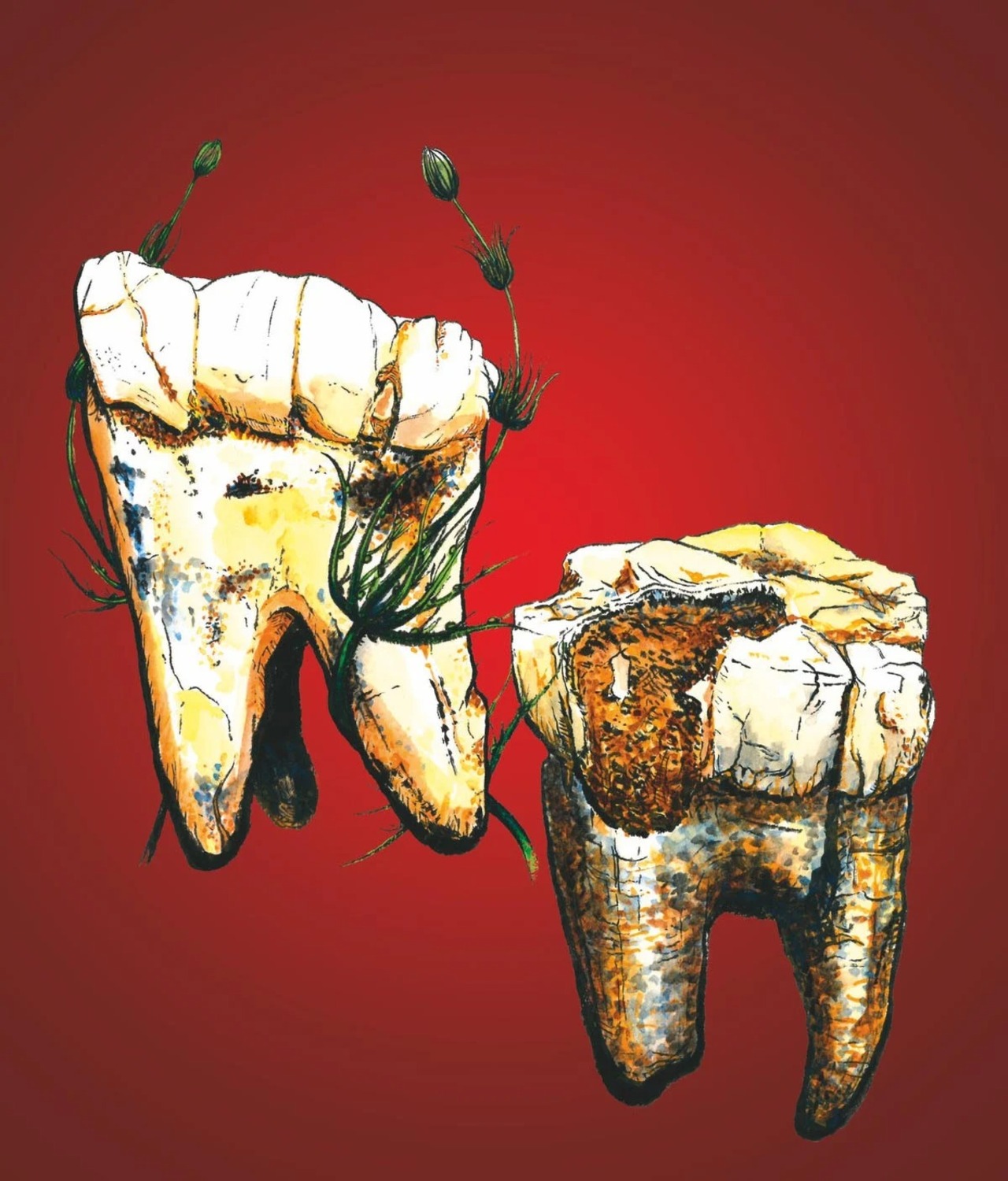
'El Asedio Animal': A novel where mutilated bodies speak
Colombian writer Vanessa Londoño debuts with a novel about violence in Latin America
Near the Don Diego River and the Caribbean Sea there is a place called Hukuméiji, where the torrential rain awakens the memory of its inhabitants and mudslides wash away earth, houses and corpses. It is here, in this invented place called Hukuméiji, where Colombian writer Vanessa Londoño sets her debut novel, El Asedio Animal (Animal Siege), published in 2020.
"It is a fictional place, but any reader of Latin America is very well located in this territory of which I give only a few coordinates. It is a book that explores the violence in Colombia, in Latin America," explained Londoño in a recent interview with RTVE.
Published in Mexico two years ago and now published in Spain, Londoño places readers in a village in northern Colombia, where the human body experiences pleasure and desire, but it is also a terrain where the horror of violence imprints the most brutal and permanent punishments.
It's a novel that has something fantastic but also real, because it reflects much of what has happened in the territory, according to the author. The protagonists of these stories have had something ripped away from them — their loved ones, their legs or the land — but even though they feel in their flesh the presence of their missing pieces, they insist on remembering their stories while looking for other ways to communicate, love and continue living.
Marked by a raw yet fascinating prose, Londoño writes the mutilated body as a system to explain loss, a way to evoke empathy and, in that shared language of joy and carnal pain, to understand absence or death, dispossession, injustice and the brutality with which, in the general territory of violence, power pretends to administer the landscape, pain and desire.
"The idea of focusing on mutilation was an attempt to normalize reality. We are an imperfect country, perhaps with many mutilated, both men, women and children, but also losses of other kinds: social, environmental, beliefs, faith in the future," Londoño told RTVE.
Her goal is to represent loss.
"I think all novels inquire about a loss," she said. But also to talk about a country that has reached a point of transition — in reference to Gustavo Petro's victory — and a country that has reached a point of transition.
"In the 103 pages of El Asedio Animal, a novel structured in four intertwined stories, rest the victims of the operation 'dead eyes,' the retinas wounded by the pellets of an old man; the woman who shaves her hair to be riddled with bullets as the only man in the house; the newborns drowned as the only man in the house; the newborns drowned like cats in bathtubs and rivers; the girls, with their incipient and hypersensitive button nipples, kidnapped and possessed; the animals left skinned on the road, still alive, their bodies beating, shivering and convulsing," wrote Marta Sanz in El País.
RELATED CONTENT
"This book shows a clear interest in carrying out a cartographic exercise and locating there a series of patriarchal violence," explained Londoño in a presentation of the book in Barcelona.
Londoño is a lawyer and journalist. She graduated from Law the University of Bogota and also studied Creative Writing in New York University. As reported in El País, her writing is influenced by the Mexican Juan Rulfo, a reference of the Latin American Boom.
"After reading Pedro Páramo many times, I detected that it rained throughout the novel. Obviously there is a search for a similar language," she expained.
But the novel is not only an exercise of memory.
"I wanted to raise that tension in which we live in Latin America between an exercise of memory and permanent forgetfulness," she continued.
That is why, in addition to precipitating memories, water drags and erases.












LEAVE A COMMENT: